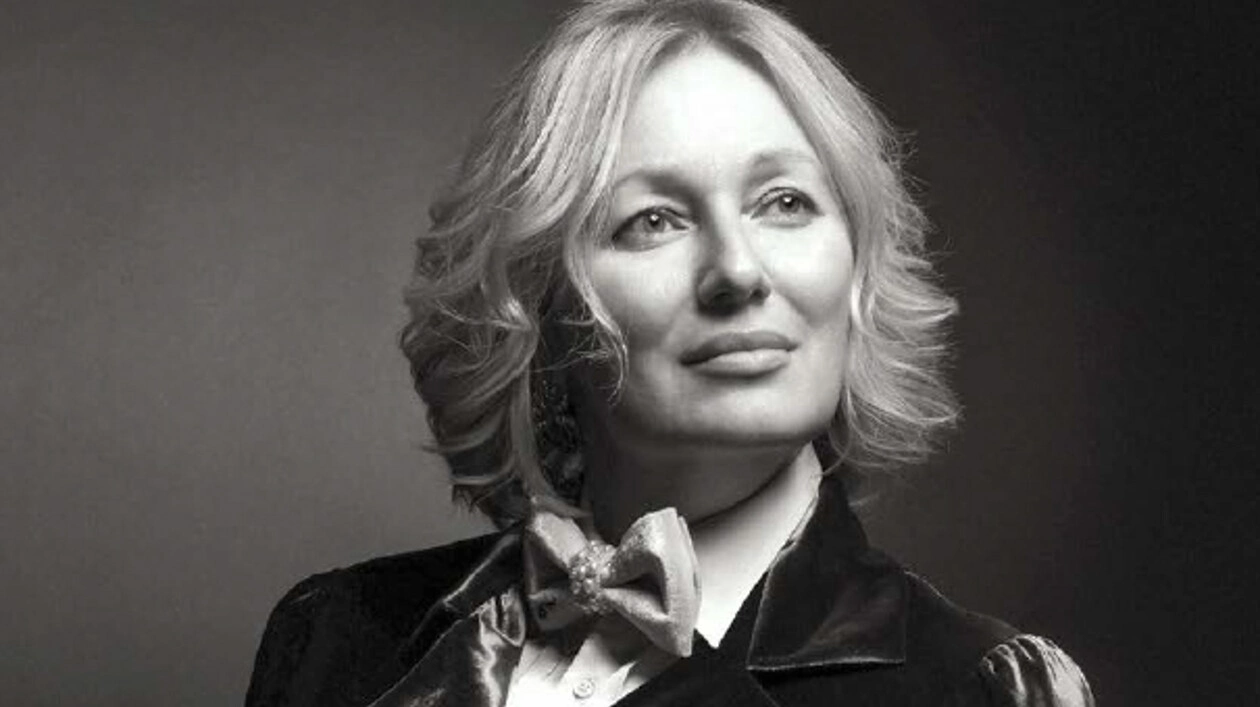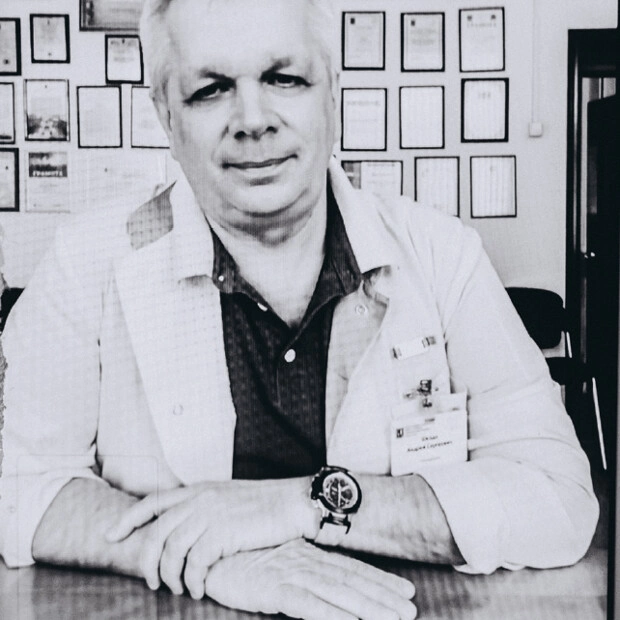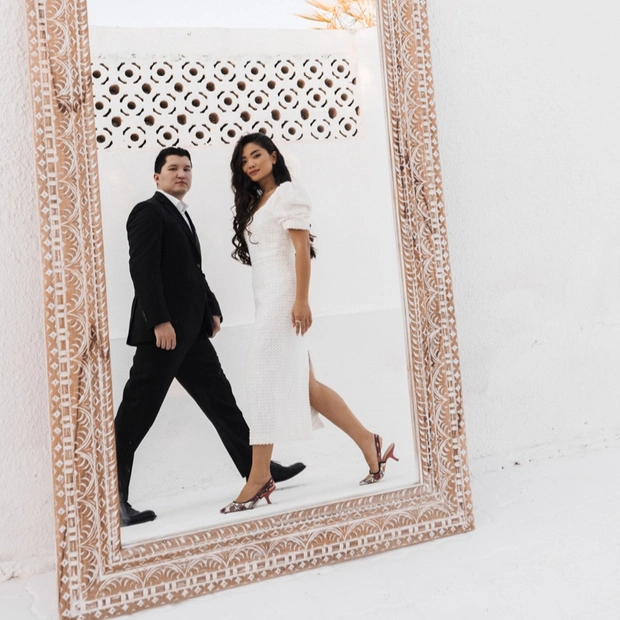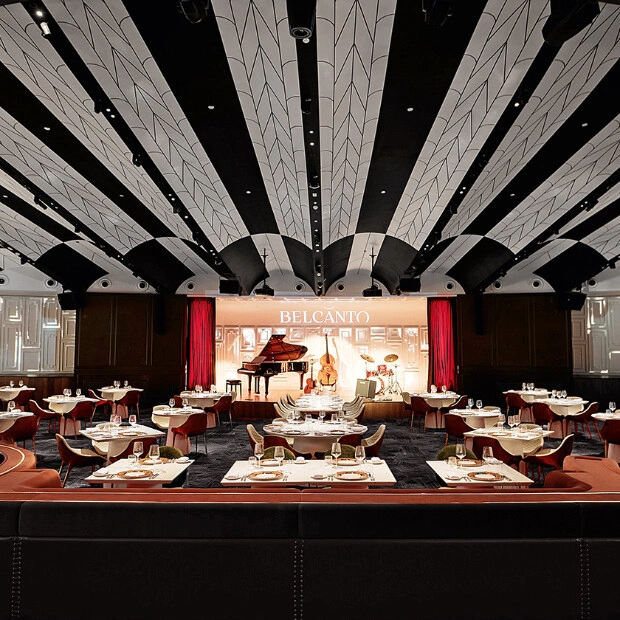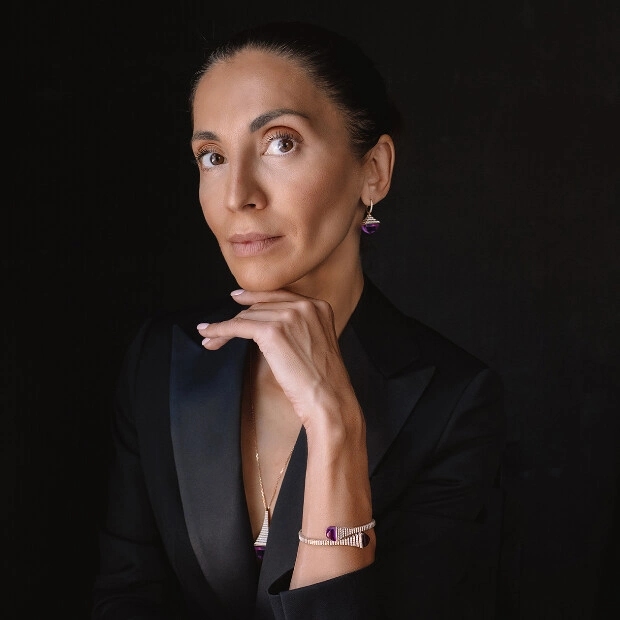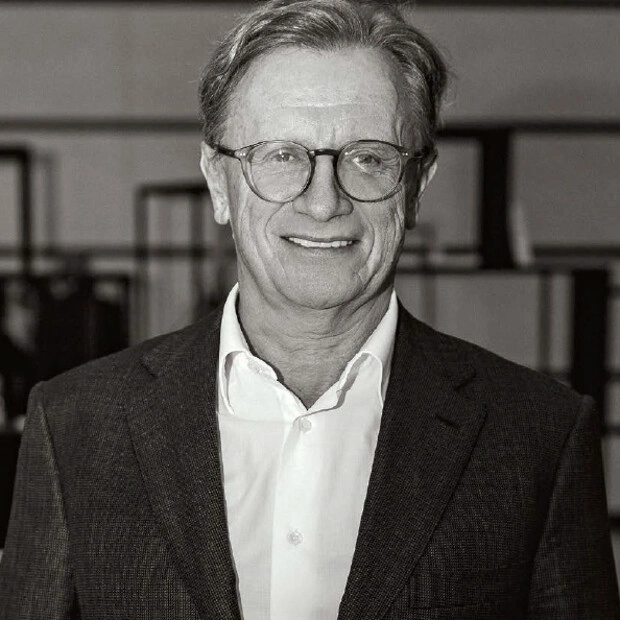With what do we associate the word tradition. In Britain at least tradition is Monarchy, the Queen, and marriage. The British Queen is the longest reigning of the world's monarchs and her reign has seen significant changes in the Constitution in connection with the marriage of Queen Elizabeth's grandson Harry, Duke of Sussex, and an American actress, Meghan Markle. Our columnist, a specialist in European etiquette and the founder of project Etiquette748, Ksenia Markova, explains the behind the scenes complications.
The British Royal Constitution is strict and has stood the test of time. Marriages at this level are ruled by the Act of Settlement, passed in 1701, with a few later amendments, governing the succession to the throne. Until recently only males who have declared for the Church of England could succeed. Marriage with someone not Anglican was absolutely impossible at least if the individual wanted the Crown. If not, they were free to be removed from succession and marry whomever they liked. The act was prompted by the will of Protestant King William III of Orange whose direct successor was his relative Anne. Unfortunately, all of her children died and the last one, the eleven year old Duke of Gloucester, died the year before. His death had put a question about the succession to the throne because all the closest relatives of the house of Stuarts were Catholic. The nobility and the common people were at one in opposition to a Catholic monarch. The decision was made to protect Monarchy by Act of Parliament. Accordingly, Catholics, those who marry them and their subsequent descendants, were out of succession.
Queen Elizabeth II made changes through an Acts of Parliament 2011 as a consequence of contempo-rary views on gender equality and freedom of religious confession. Male primogeniture was changed for just primogeniture. This meant a change in the succession of around thirty of Royal heirs of different gender. Born this year, Prince Louis didn't replace his elder sister Princess Charlotte for the first time in history and she stays the fourth in line. The prohibition on members of the Royal family marrying Catholics was cancelled. Though the requirement for a future monarch to be in a Eucharistic relationship with the Church continues because the Monarch is the Head of the Church of En-gland. A consequence was that Prince Michael of Kent, married in 1987 to Catholic Baroness Marie Christine von Reibnitz in 1987, was restored to his right to inherit the throne.
Megan Markle became Anglican before her Royal marriage although the changes meant this was unnecessary. She is also divorced and this could have been an obstacle as it was for King Edward VIII who abdicated the throne in 1936 in order to marry the American divorcee Wallis Simpson. This presented no difficulty because since 2002 the Church of England repealed the ban on marriage in Church of those previously married and in any case two of the Queen's four children have divorced.
The other new and important point of the Queen Elizabeth's Act was repealing the requirement to ask for the Monarch's permission to marry for all members of the Royal family with the exception of the first six in succession. The old act allowed annulment of a marriage forbidden by the Crown. The new Act removes the one who married without permission from the sequencing queue. Prince Louis didn't move his sister in this queue but made his uncle Prince Harry the last one who needed monarchical permission. It was granted and promulgated and signed by the Queen.
Traditionally heirs of the British throne are given a title immediately before the marriage and Monarchs does it by their own will. Prince William became the Duke of Cambridge in 2011. The last time this happened was when Edward, the Queen's youngest son, was made Duke of Wessex in anticipation of becoming Duke of Edinburgh on his father's death. Prince Harry and his bride were made Duke and Duchess of Sussex.
The Queen traditionally gives the coat of arms to the bride's father but this time it wasn't done before the marriage. The actress's family raised a wave in media and considered themselves to be offended, the Queen though seemed to not even notice and gave the Sussex coat of arms to the bride. According to the announcement the Duchess of Sussex took part in its creation actively and with pleasure because she wanted it to reflect her official side as well as her personality. The blue background of the shield represents Californian coast of the Pacific Ocean and two golden sun rays going through the shield symbolize the summer sunshine of her American homeland. Three feathers are the power come from Royal regalia. The golden poppies are growing under the shield on the bright green grass and are the California State flower and Hemonate is growing in Kensington Palace. A bird with risen wings and open beak symbolizes the Duchess of Sussex herself and her readiness to communicate. The bird wears a crown on its neck and a lion for its head because the Prince is born as a Prince and the Duchess is not. The design of the Arms was agreed and approved by the Queen and Thomas Woodcock, Garter King of Arms and Se-nior Herald in England. The duchess was assigned by a monogram and coronet.
As Megan Markle was not born a Royal, she cannot be known as Princess Megan, that is the preserve of Princess Ann, Princess Eugenie and Princess Charlotte, all born within the Royal Family.
